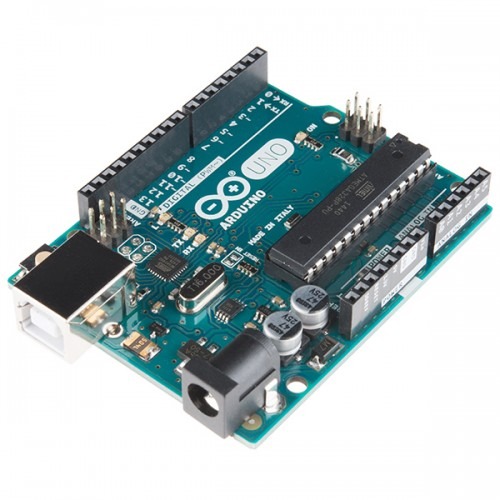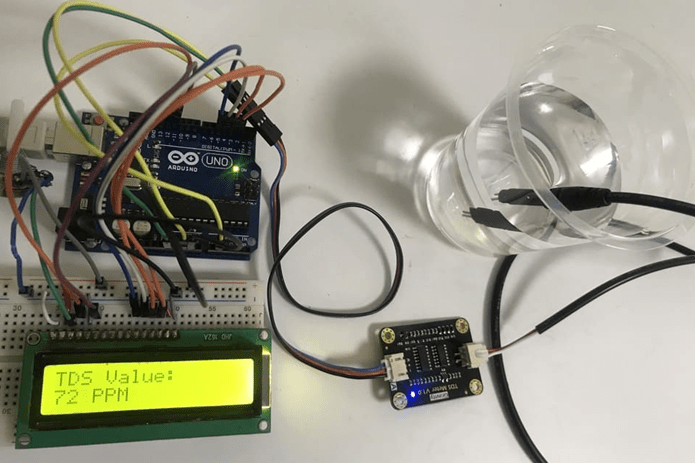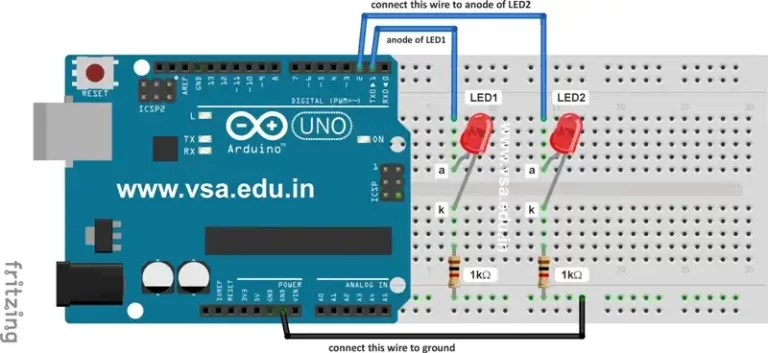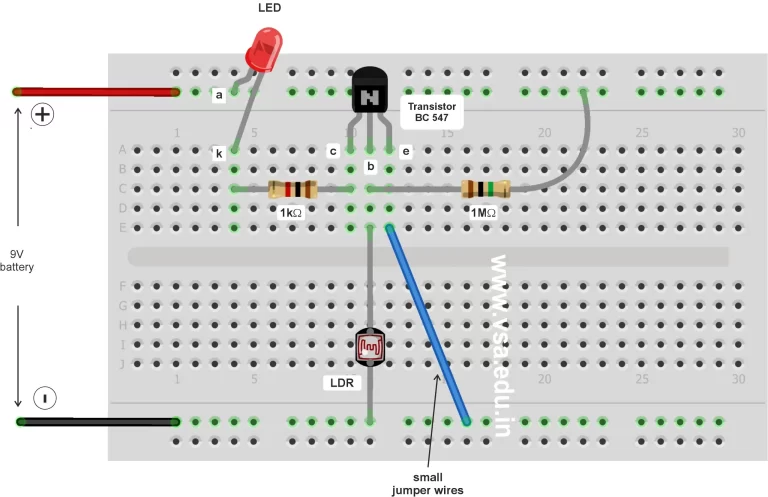
What are the types of electric currents? Explain with diagram
Basically there are 3 types of electric currents: Steady Current, Varying Current and alternating Current. Let us understand their concepts with complete graphical representation.

Basically there are 3 types of electric currents: Steady Current, Varying Current and alternating Current. Let us understand their concepts with complete graphical representation.

A simple LED blinking program in assembly language for Arduino Uno, which uses the ATmega328 microcontroller. Note that writing assembly code for Arduino is less common, and most Arduino programs are written in higher-level languages like C++.

This code is used to blink the LED connected at pin-13 (LED_BUILTIN). This LED is marked as “L” on the Arduino UNO board. First type the code by creating new file in Arduino IDE, save the file and then upload it.

We know that the larger is the salinity of water the more is its electrical conductivity. So by using standard techniques of measuring the electrical conductivity (Ec) we can use this value to find out the TDS by using following empirical equation.

In this code we use 2 LEDs connected on breadboard with 2 resistors of 1kΩ. This code produces the effect of alternately blinking of the 2 LEDs.

At temperatures above absolute zero, some electrons are excited out over the band gap into the conduction band. When the electron in pure silicon crosses the gap, it creates a vacancy, known as a hole, in the regular silicon lattice. A hole means actually nothing. But since it can accept an electron to get occupied into it, it is assumed to have a positive charge.

The average value of a waveform, which swings symmetrically above and below zero, will be obviously zero, when measured over a long period of time. Hence, average values of currents and voltages are invariably taken over one complete half-cycle (either positive or negative) rather than over one complete full-cycle (which would result in an average value of zero).

Transistor is a semiconductor device having three layers, three terminals and two junctions. Since we have only two types of semiconductors i.e. the p-type and n-type, there are two types of transistors: they are NPN transistor and PNP transistor.